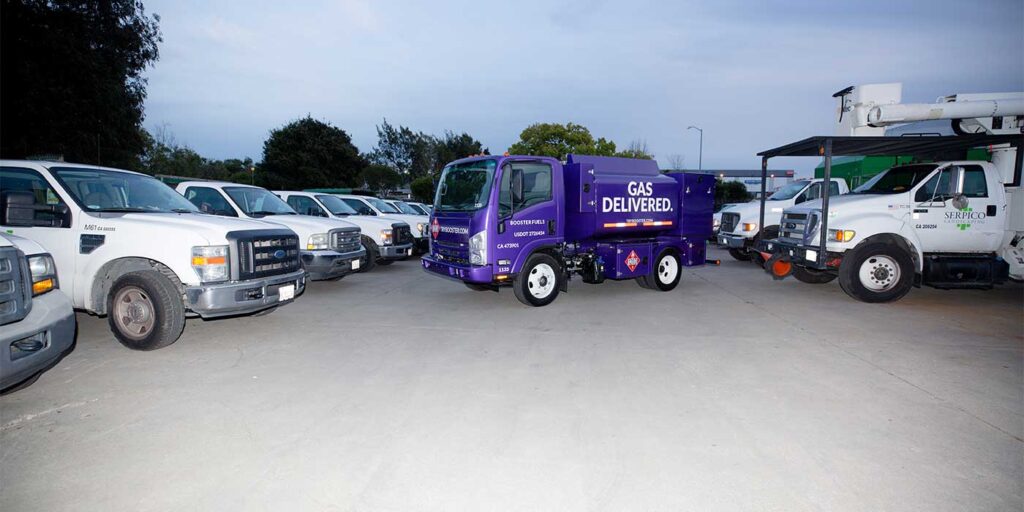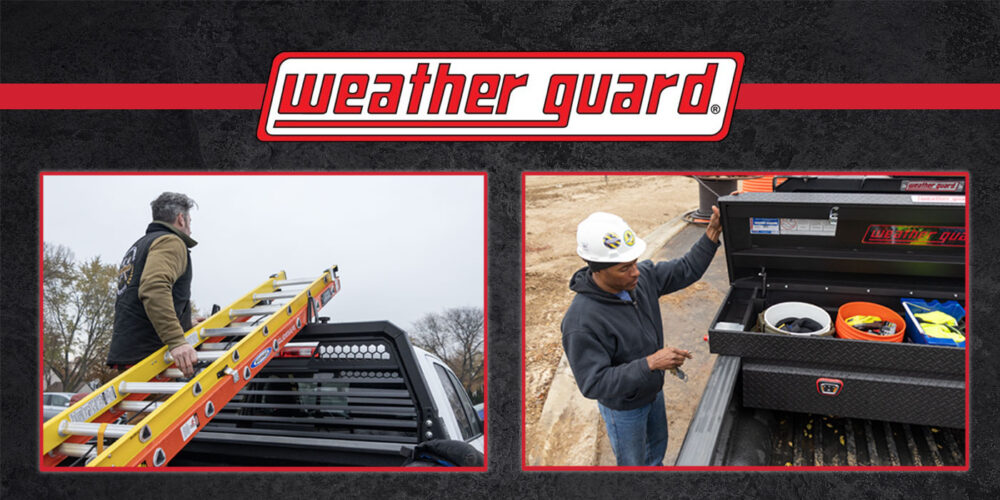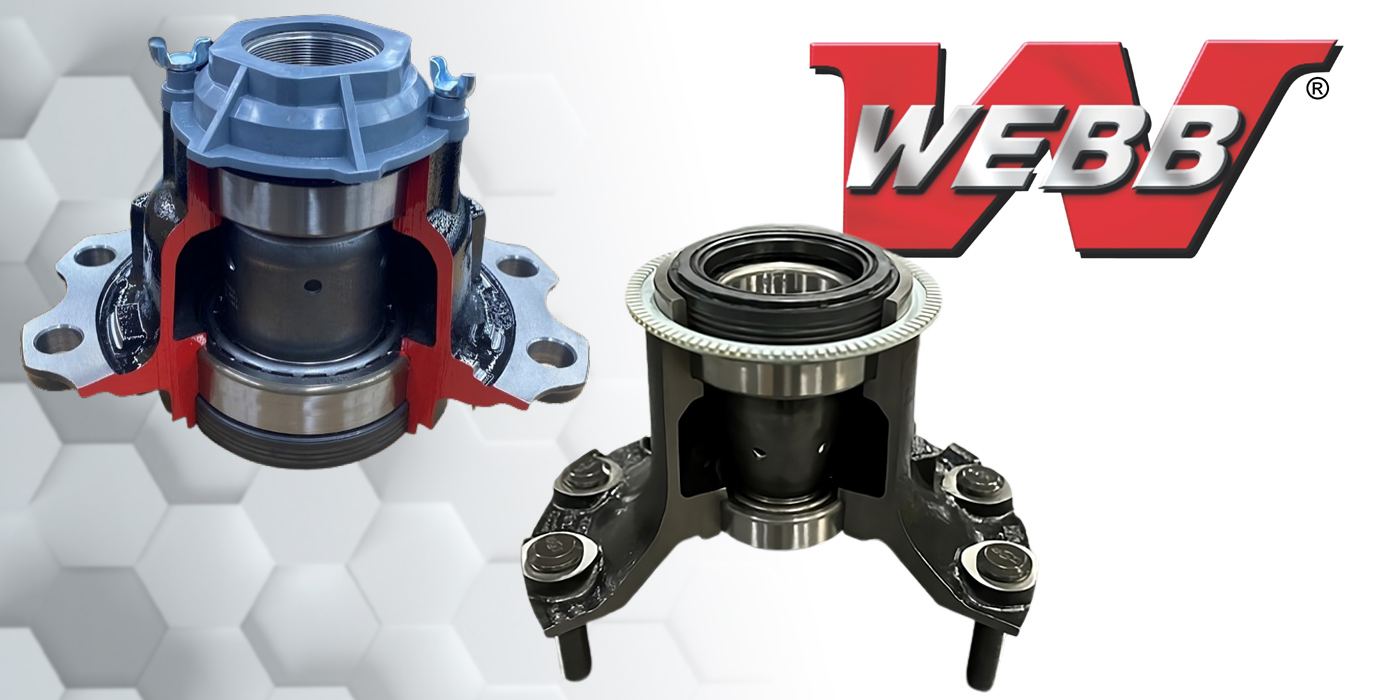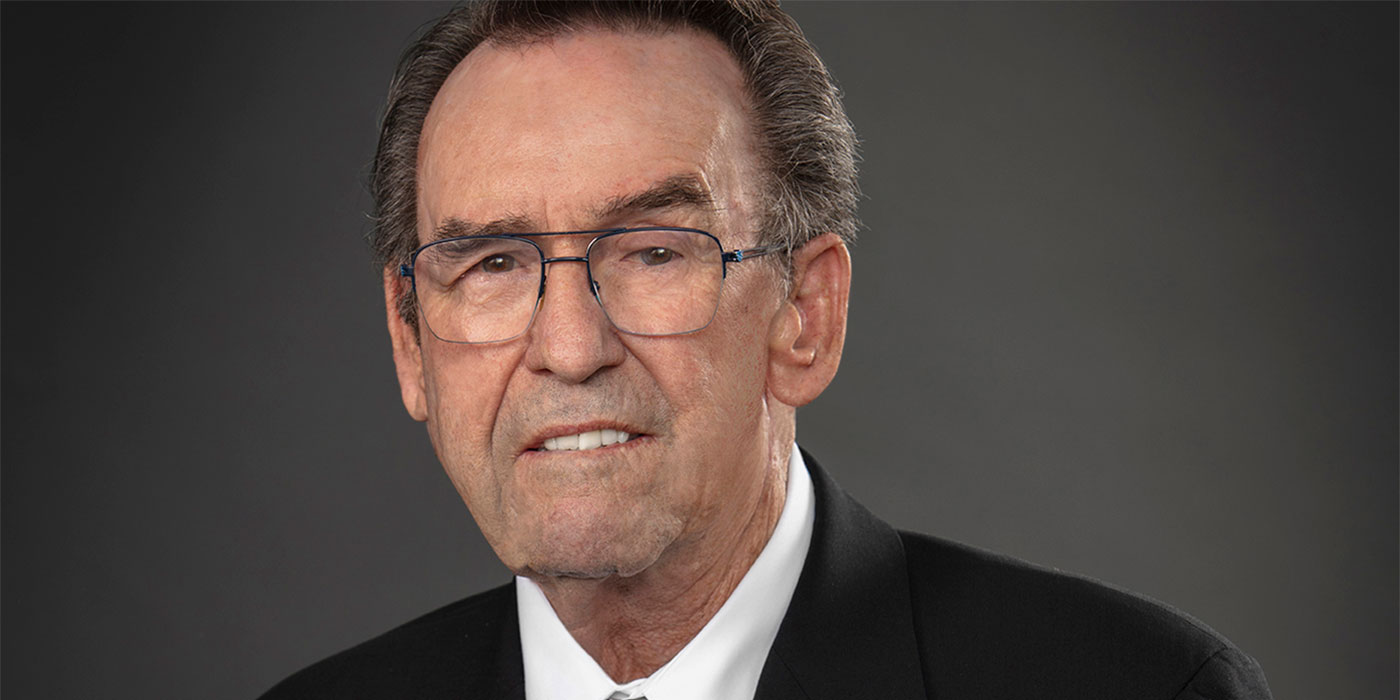The need for decarbonization in the transportation sector is clear. According to the EPA, transportation is now responsible for nearly one-third of U.S. GHG emissions, the majority of which (83%) are created by light-duty vehicles and medium- and heavy-duty trucks. In 2019, FedEx attributed 92% of the company’s carbon emissions footprint to its fleet.
Less clear than the need for decarbonization is the path to get there. Fleet managers are finding themselves inundated with a never-ending series of decisions around the transition to electric vehicles (EVs), the growing need for emissions tracking, heightened awareness around sustainability reporting, the lure of government incentives and more. To complicate these decisions further, many of them center on capital-intensive choices around emerging technologies that are, in effect, future-facing bets in a chronically uncertain marketplace.
Amid this cloud of uncertainty, fleet managers looking for a way to decarbonize today should consider the opportunities presented by sustainable fuels and mobile fueling on demand (MFOD) to simplify the decarbonization process, boost efficiency and keep costs at bay.
Sustainable fuels offer sustainable solutions
Heralded as a bridge solution that can help fleets decarbonize while electrification, hydrogen and other zero-carbon solutions grow to market-scale and decrease in cost, sustainable fuels can lower fleet emissions without requiring any modifications or upgrades to equipment or infrastructure. Although electrification is key to long-term decarbonization, the transition to net-zero transportation will take time. The development of a smarter, more modern electrical grid, adequate adoption of electric vehicles, wide-scale development of charging infrastructure, and progression to a point where the increased load from EVs is matched by decarbonized renewable grid energy will take years to accomplish. In the meantime, low-carbon alternative fuels are available to help close the gap, ensuring we make as much progress as possible in the ongoing energy transition.
Sustainable fuels, also called alternative fuels, are low- or zero-carbon fuels, often made from renewable resources like plants or waste, that offer the ability to lower emissions of vehicles without relying on only electrification. There are over a dozen alternative fuels in development, including ethanol blends, biodiesel, hydrogen, and renewable diesel. Renewable diesel, created from biomass, is nearly identical to conventional diesel, so it works in diesel fleets with no loss of performance and no infrastructure changes needed, but can offer up to 70% lower lifecycle emissions.
Recognizing the growing need for a diversity of sustainable solutions, federal and state governments have been working to simulate progress on sustainable fuel development alongside the larger push for electrification.
In April 2022, a bipartisan group of senators introduced the Renewable Diesel and Sustainable Aviation Fuel Parity Act of 2022, which would require the Energy Information Administration to report on U.S. production and foreign imports of renewable diesel and sustainable aviation fuel, while also reducing red tape that hinders sustainable fuel adoption and establishing incentives to boost renewable diesel and sustainable fuel production here at home.
The Inflation Reduction Act of 2022 (IRA), passed in August, offers tax credits and grants for clean fuels and clean commercial vehicles as part of its overall goal to reduce U.S. emissions by 40% before 2030. This includes extending the current tax credit for biofuels, renewable diesel, alternative fuels and second generation biofuels through 2024, and establishing a new tax credit for the production of clean fuels, which varies in amount based on the GHG intensity of the fuel produced. The IRA also invests billions of dollars into research and development of clean energy and clean fuels.
At the state level, California leads the way for sustainable fuel incentives. In 2020, Governor Gavin Newsome set a goal to ban the sale of new gasoline- and diesel-powered cars by 2035. This measure, paired with the state’s aggressive carbon reduction goals, has incentivized adoption of EVs and vehicles powered by sustainable alternative fuels in the state.
On the producer side, the California Air Resource Board (CARB) has deployed the Low Carbon Fuel Standard (LCFS) program to decrease the carbon intensity of the state’s transportation fuel supply and stimulate the production of low-carbon and renewable alternatives.
Based on a supply and demand system of carbon credits, the LCFS program offers credits to producers of certain low-carbon and renewable fuel alternatives, and requires that producers of traditional fossil-based or carbon-intensive fuels purchase credits (on an open market from the producers who have gained them) to offset their carbon intensity. This incentivizes the production of low-carbon and renewables over fossil-based and carbon-intensive fuels, and brings down the cost of sustainable fuel production to enable pricing competitive with that of traditional fuels.
Aside from California, Oregon is the only other state with an established carbon credits program to incentivize low-carbon and renewable fuel production, though similar, wider-lens carbon trading programs may be on the horizon for other states, including New York. But this is not the only approach to sustainable fuel incentivization; Washington has established the Clean Fuel Standard Law, which will work alongside the state’s Climate Commitment Act to require that fuel suppliers gradually reduce the carbon intensity of transportation fuels to 20% below 2017 levels by 2038. Other areas, like Maryland and Washington D.C., have opted to enact sweeping goals related to emissions reduction, understanding that such measures will necessitate adoption of more sustainable transportation solutions in time.
Mobile delivery enables access to sustainable fuels
As these and future regulations stimulate sustainable fuel production and states creep closer to their various carbon emissions reduction targets, the push to adopt low-carbon fuels will grow. Fleet owners must consider the potential of changing regulations to impact their operations and prepare for their own fleet transition. Adopting sustainable fuels is often simple from the equipment side, as many—including renewable diesel and synthetic blends—can be used in diesel- or gasoline-powered fleets with no upgrades.
Although sustainable fuels show promise, most gas stations fail to offer significant alternative fueling options. For example, out of 145,000 fuel stations in the United States, the AFDC reports that only 833 carry biodiesel—fewer than 1%. The majority of fuel stations still fail to offer any renewable fuel products. On top of this, the gas station fueling model is slowly dying: between 1994 and 2013, gas stations declined by 25%, and a recent report from BCG estimates that by 2030, up to 80% of the fuel-retail network as we currently know it will be unprofitable.
To fill the gap, MFOD—like that offered by Booster—has arisen as a potential solution. In this fueling model, fuel is ordered via an app, website or phone call, and a fuel tanker arrives to the area where the vehicle or fleet is located to fill the tanks on-site. This model reduces time, miles, and emissions spent going to and from the gas station, while also providing access to sustainable fuels without the need for new or upgraded gas station infrastructure.
A recent study by the Johns Hopkins University School of Advanced International Studies examines the ways the MFOD model can support the energy transition, especially by enabling increased access to and adoption of sustainable fuels. The study’s findings confirm that “with the declining number of gas stations and low pace of creating EV stationary charging infrastructure, smaller-scale solutions will be required…in the short to medium term for conventional fuels and in the medium to long term for renewable energy products.”
The study found that fleets which employ Booster’s MFOD business model save money on overhead expenses, reduce vehicle miles traveled outside planned service routes and support a supply chain with fewer vapor emissions, reduced spillage and no ground pollution from the underground fuel storage tanks common at regular gas stations.
At 2.2 miles driven and 20 minutes spent on average per gas station trip, gas station visits add up quickly. With mobile fueling, fleet owners can cut the gas station altogether, reduce carbon emissions by a potential 14%, and access the sustainable fuels that most gas stations fail to offer.
As fleets continue with their sustainable transitions, plans will change and new technologies will arise. With an array of fuel options available and customizable ordering, MFOD offers the flexibility fleet managers will need to comfortably adapt to the evolving sustainability landscape.
Looking forward
The transportation industry’s path to net-zero emissions will be complex and iterative. Though the long-term solution will likely lean heavily on electrification, the infrastructure and grid capacity to enable wide-scale, renewable-based electrification is not yet available. But this does not mean fleet owners and managers cannot make progress in the meantime.
As the federal and state governments work to increase supply of alternative fuels and lower the nation’s carbon intensity with aggressive emissions reduction targets, fleet owners should take the opportunity to adopt sustainable fuels. For those who choose to do so, MFOD can simplify and ease the way forward, boosting efficiency while shrinking emissions footprints.
Frank Mycroft is the co-founder and CEO of Booster, a tech-driven mobile energy delivery company fueling the energy transition. Headquartered in San Mateo, California, Booster delivers conventional and renewable fuels directly to commercial vehicles nationwide.














